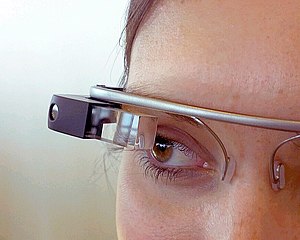Don’t wire a circuit—doodle it. To connect batteries to devices such as resistors and LEDs, a newly developed ballpoint pen uses silver-based ink that conducts electricity through lines drawn over paper, wood, plastic and even some textiles. Jennifer Lewis, the materials scientist who led the pen’s design at the University of Illinois, says she is now looking for business partners and hopes to have products that integrate the pen and ink on the market within a few months.Check out Video on you-tube.

DuPont microcircuit materials offers a wide variety of conductive inks for Printed Electronics Applications. They include conductive silver ink, conductive carbon ink, silver chloride ink and dielectric ink which can be used to form conductive traces, capacitor and resistor elements, bio sensors and dielectric and encapsulating layers that are compatible with many substrate surfaces including polyester, glass, and ceramic. DuPont conductive ink technologies are suitable for screen print, flexo, gravure, photo-pattern, pad printing, and other processing techniques.

DuPont microcircuit materials offers a wide variety of conductive inks for Printed Electronics Applications. They include conductive silver ink, conductive carbon ink, silver chloride ink and dielectric ink which can be used to form conductive traces, capacitor and resistor elements, bio sensors and dielectric and encapsulating layers that are compatible with many substrate surfaces including polyester, glass, and ceramic. DuPont conductive ink technologies are suitable for screen print, flexo, gravure, photo-pattern, pad printing, and other processing techniques.
These materials may be classed as fired high solids systems or PTF polymer thick film systems that allow circuits to be drawn or printed on a variety of substrate materials such as polyester to paper.
Conductive inks can be a more economical way to lay down a modern conductive traces when compared to traditional industrial standards such as etching copper from copper plated substrates to form the same conductive traces on relevant substrates, as printing is a purely additive process producing little to no waste streams which then have to be recovered or treated.
Silver inks have multiple uses today including printing RFID tags as used in modern transit tickets, they can be used to improvise or repair circuits on printed circuit boards.Computer keyboards contain membranes with printed circuits that sense when a key is pressed. Windshield defrosters consisting of resistive traces applied to the glass are also printed. Many newer cars have conductive traces printed on a rear window, serving as the radio antenna.
Printed paper and plastic sheets have problematic characteristics, primarily high resistance and lack of rigidity. The resistances are too high for the majority of circuit board work, and the non-rigid nature of the materials permits undesirable forces to be exerted on component connections, causing reliability problems. Consequently such materials are only used in a restricted range of applications, usually where the flexibility is important and no parts are mounted on the sheet.
Next Post : How to make Conductive ink?




